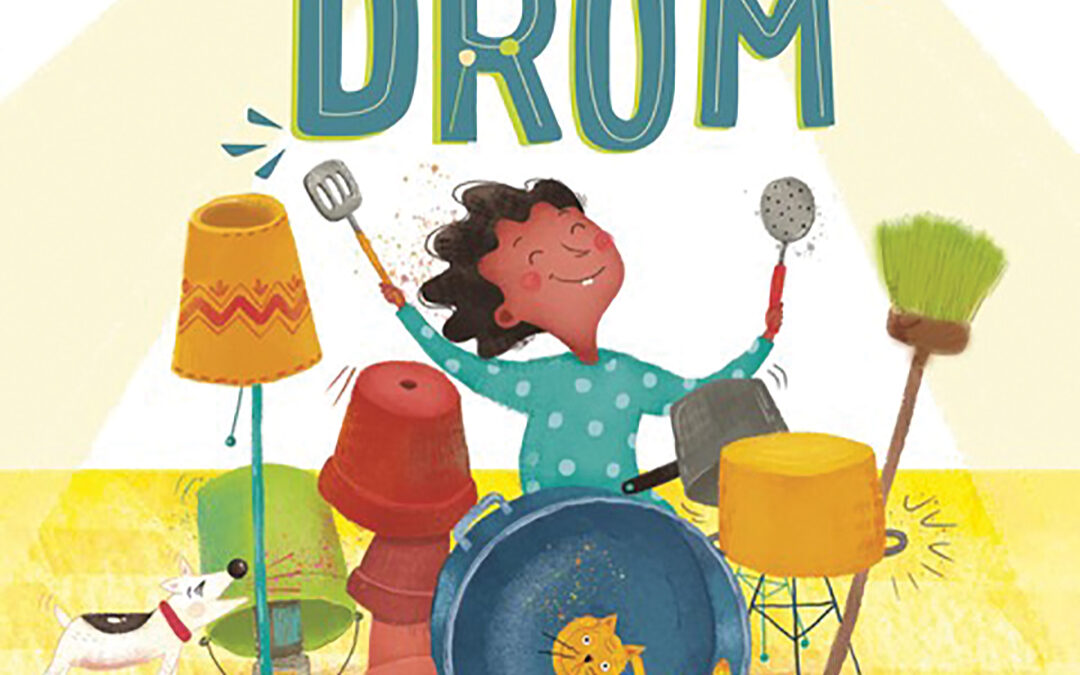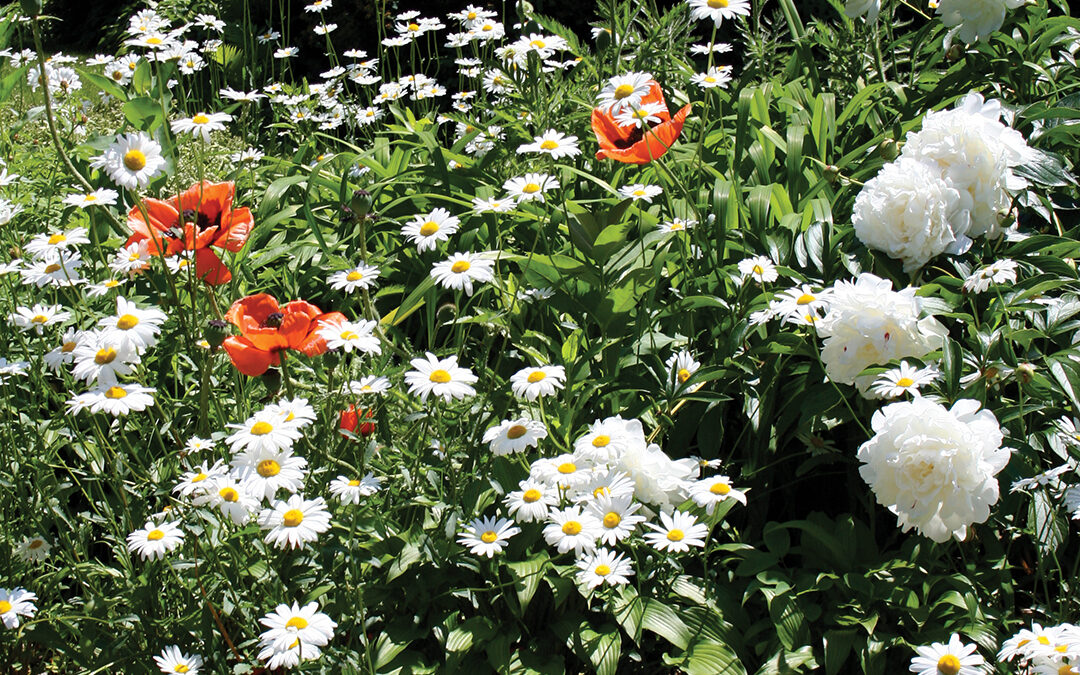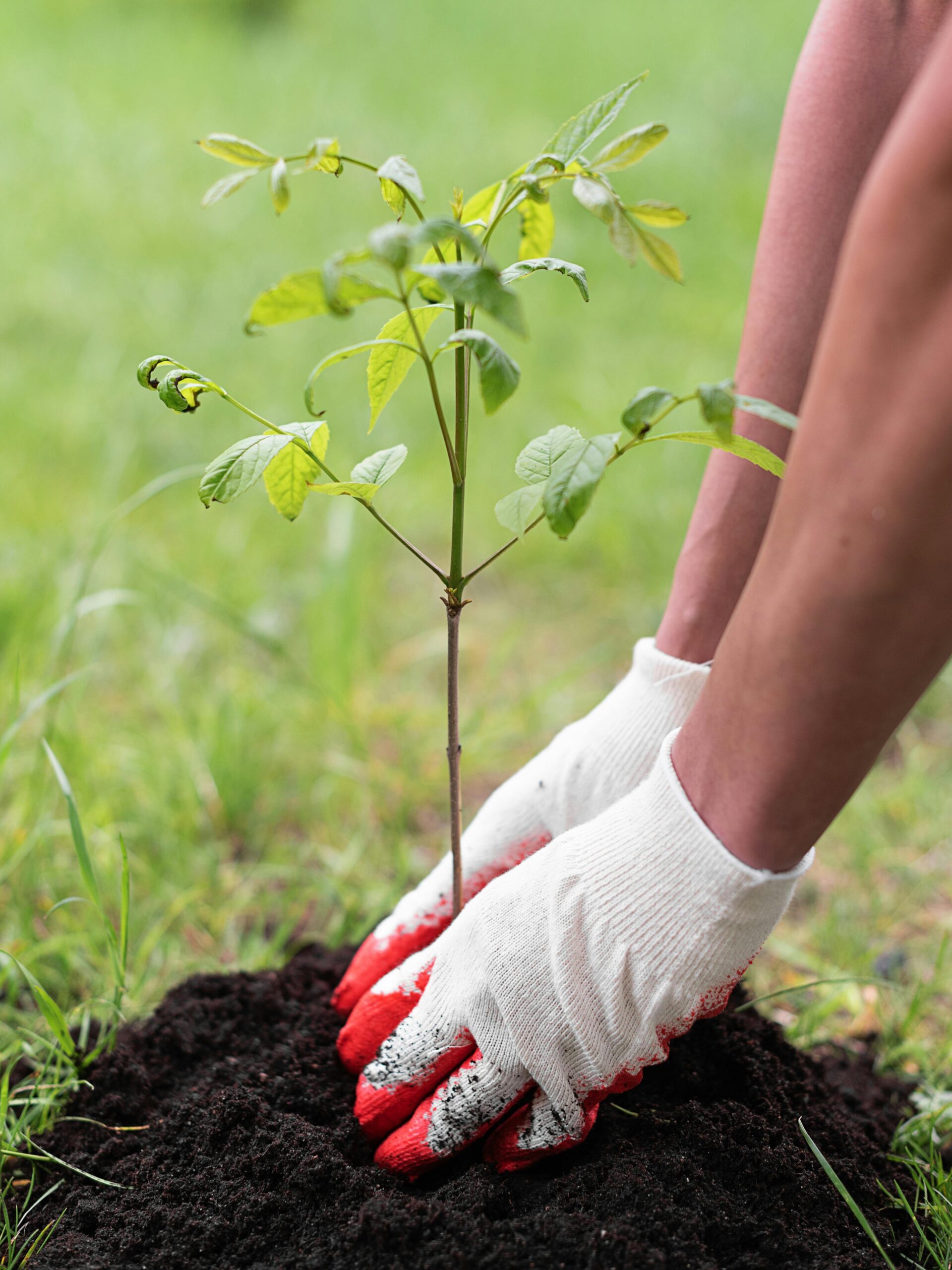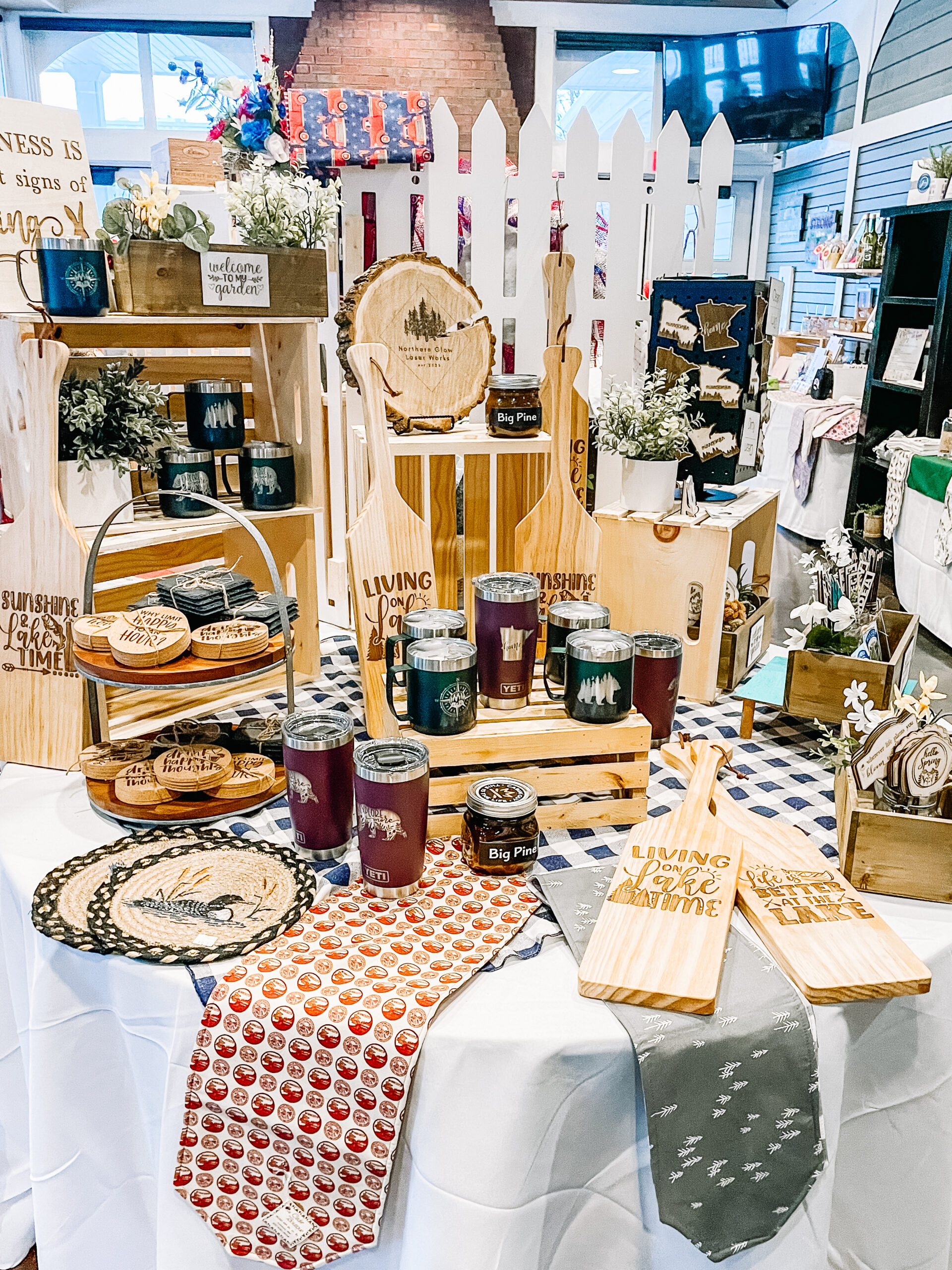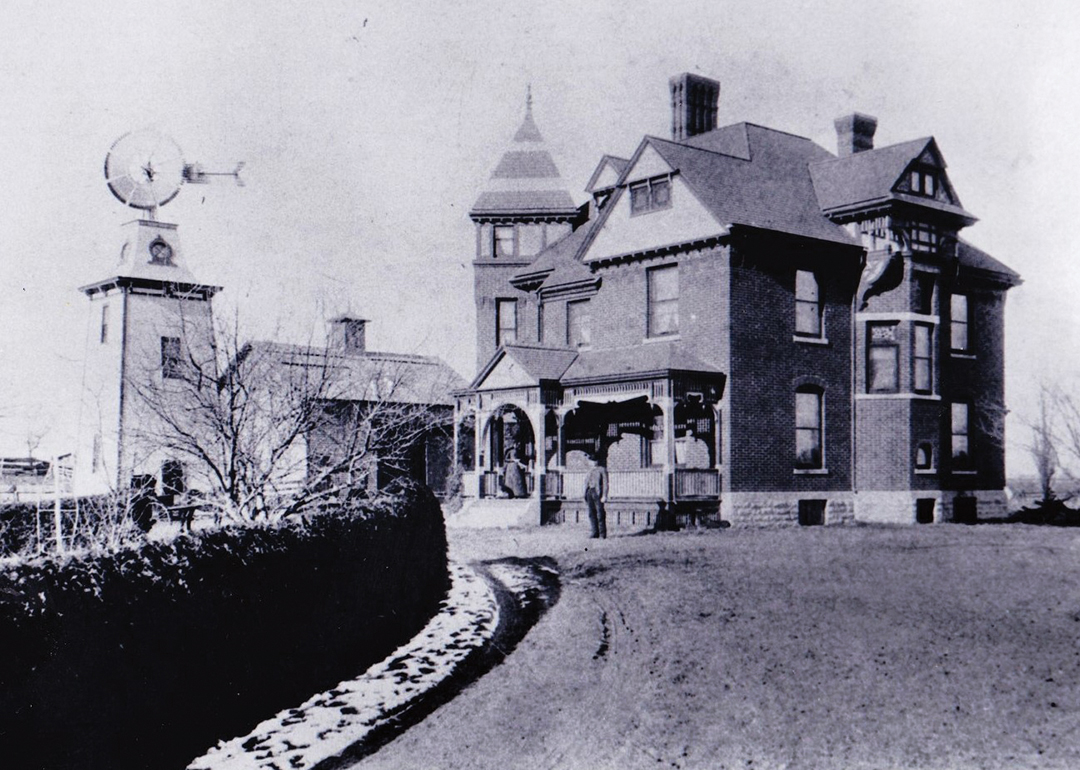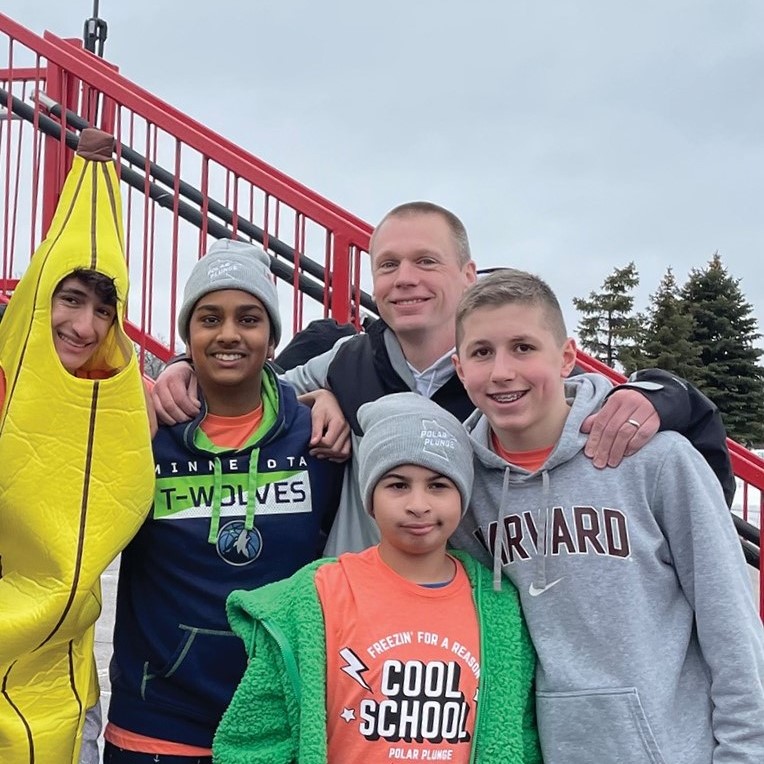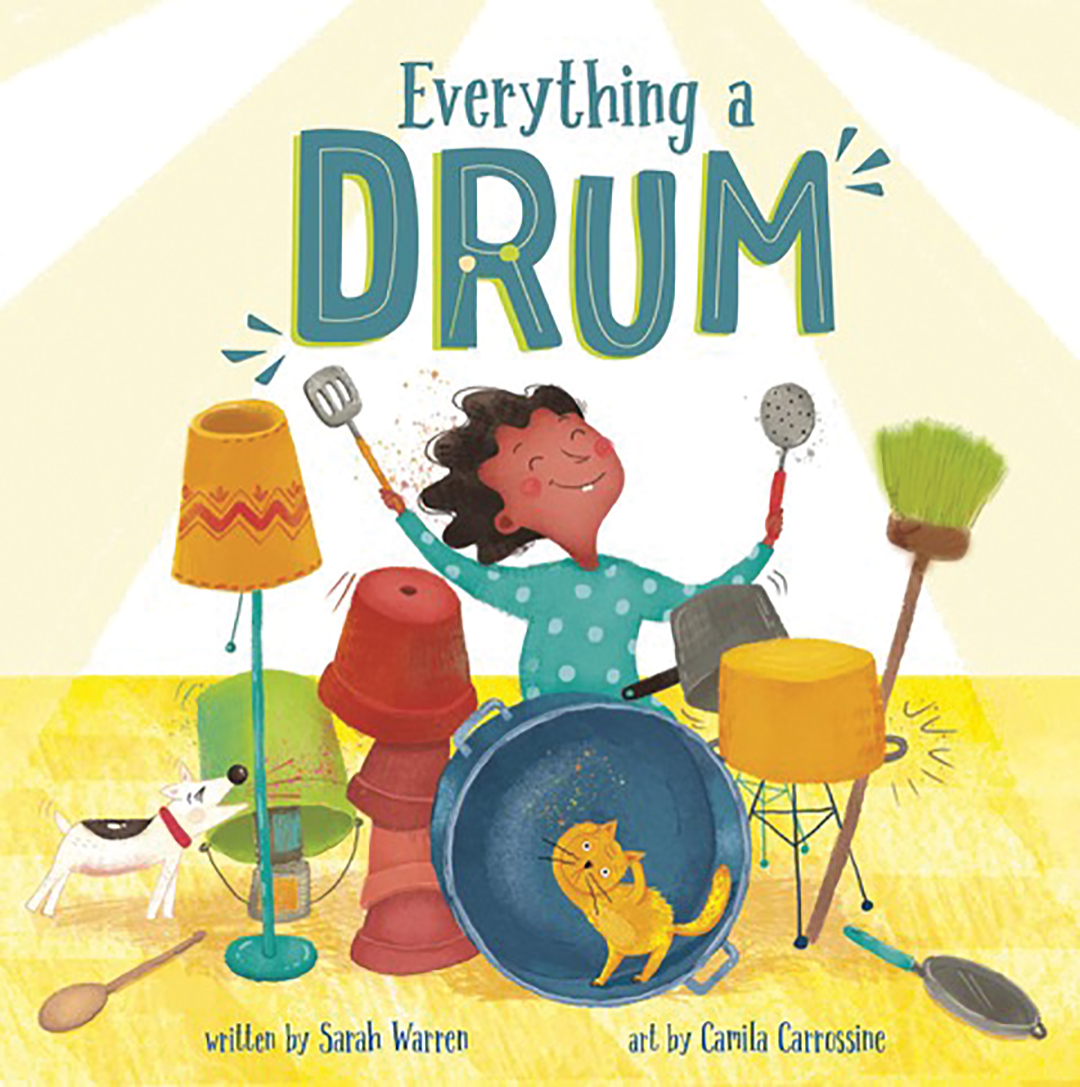
Photos: City of Edina
Through the NextGen Trees initiative, the city dedicated $100,000 to plant and maintain 1,000 new trees.
A popular Chinese proverb reads: “The best time to plant a tree was 20 years ago. The second-best time is now.” The City of Edina is acting now.
Two years ago, Edina conducted a survey on how it should invest its share of American Rescue Plan Act funds. Planting trees was a popular response.
“I’d been advocating to do this for years,” says Luther Overholt, city forester. “Unfortunately, it had never been on the top of anyone’s list.” Until 2021, that is.
Why invest in trees? “Trees are everything,” Overholt says. “They impact air and water quality. They provide wildlife habitat, and they provide shade. That shade can lead to energy savings and help people get outside.”
The two-year plan was to commit $100,000 of the American Rescue Plan Act funds to plant 1,000 trees around the city. “Do the math, and that’s $100 per tree,” Overholt says. “That includes the cost of the tree, [the] cost to plant the tree and the cost to maintain the tree.”
The expectation was that these would be saplings—not less-expensive seedlings and not more-expensive spaded trees. The trees Edina would plant were typically 10-gallon potted trees or trees that were 1–1.5 inches in diameter or 6–8 feet tall.

The 2022 Arbor Day tree-planting event, pictured at left, kicked off the NextGen Trees initiative.
If you’ve ever planted a tree, you know you don’t just grab a shovel and start digging. When deciding where to plant these 1,000 trees, a large consideration for Overholt was location. Locations were calculated based on tree canopies around the city.
“At 12–13 percent, the southeast quadrant of the city has some of our lowest tree-canopy numbers. The average is 30 percent,” Overholt says, noting the goal of a 40 percent average tree canopy coverage across the city by 2030 per the city’s Climate Action Plan. This tree canopy inequity led Overholt to start planting in the southeast quadrant, as well as on city-owned land.
The plan was to not plant more than 10 percent of the same genus (general type of tree) in the same area, in order to promote a diverse urban forest. Dutch Elm disease and the Emerald ash borer—both of which often kill the trees where they’re found—are examples of why foresters strive for canopy diversity. “Instead of planting the same tree lining a boulevard, [we’re] trying to diversify as much as possible [and] trying not to plant the same trees next to each other for disease prevention in the future,” Overholt says. “Diversity is key to ensure you have a healthy, resilient urban forest.”
Earlier this year, the city received its second round of American Rescue Plan Act funding in the amount of $150,000; Overholt says this will go toward a three-year maintenance program for the new trees, as well as adding a dedicated seasonal position for watering and tree maintenance.
To date, 699 of the allocated 1,000 trees are in the ground. The first 200 were planted in a 2022 Arbor Day celebration. The most popular varieties planted include swamp oak, Kentucky coffee tree, crab apple, honey locust and serviceberry.
The remaining 301 trees will be planted throughout the 2023 planting season, which will start on April 28 at the city’s Arbor Day celebration.
To view what trees have been planted and where, check out the NextGen Trees Dashboard at edinamn.gov.


